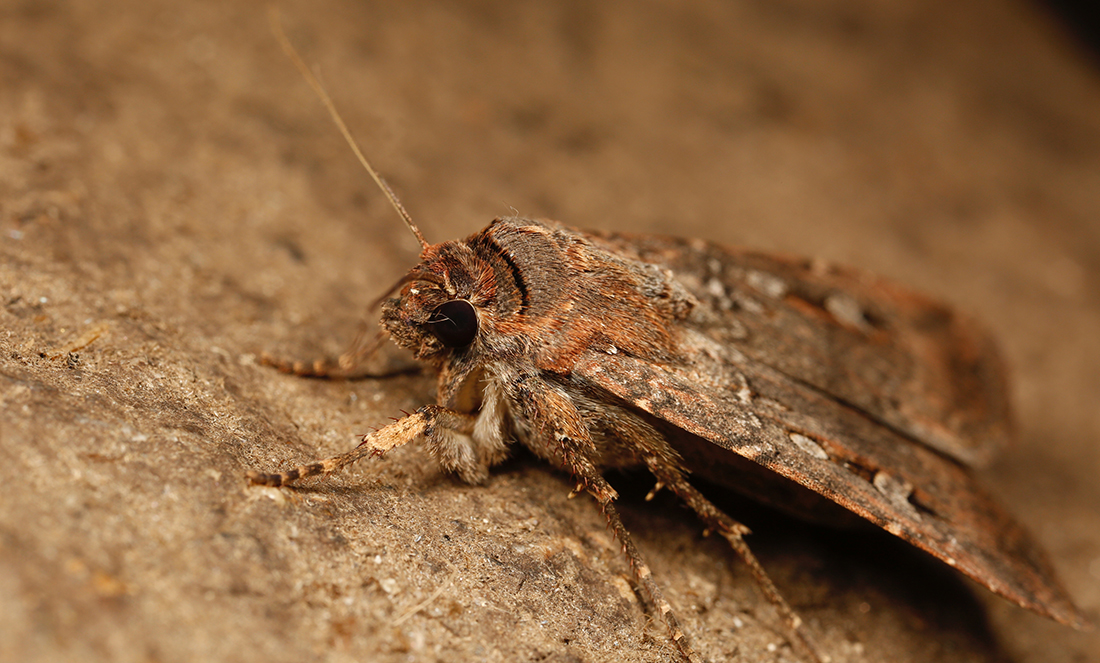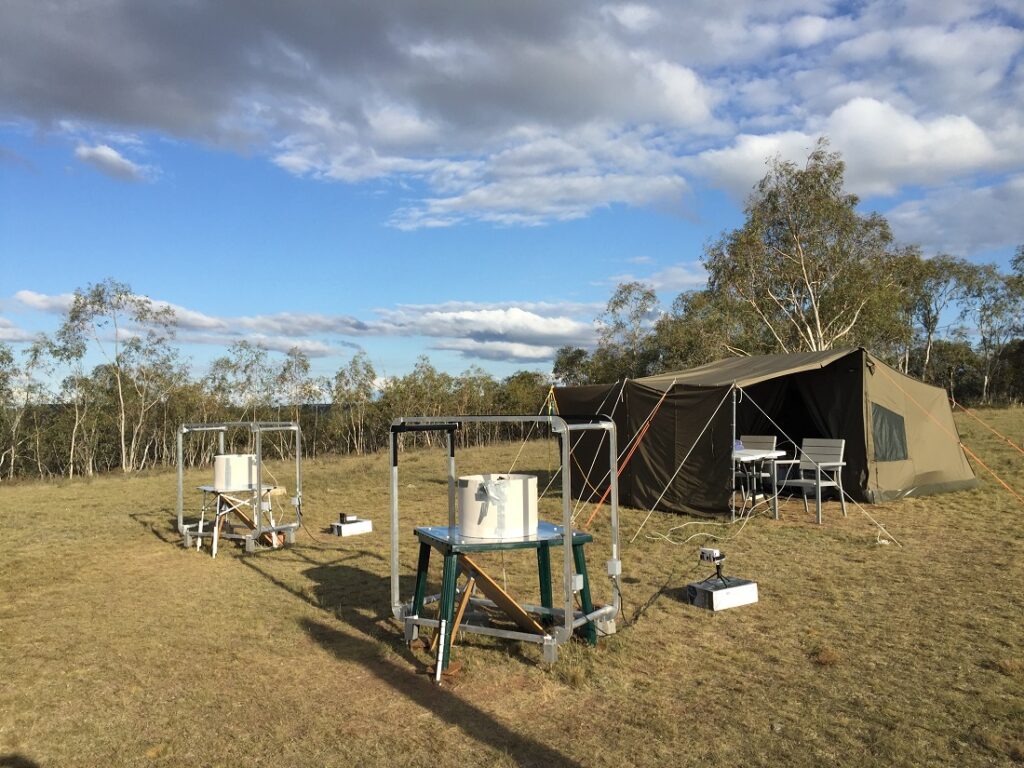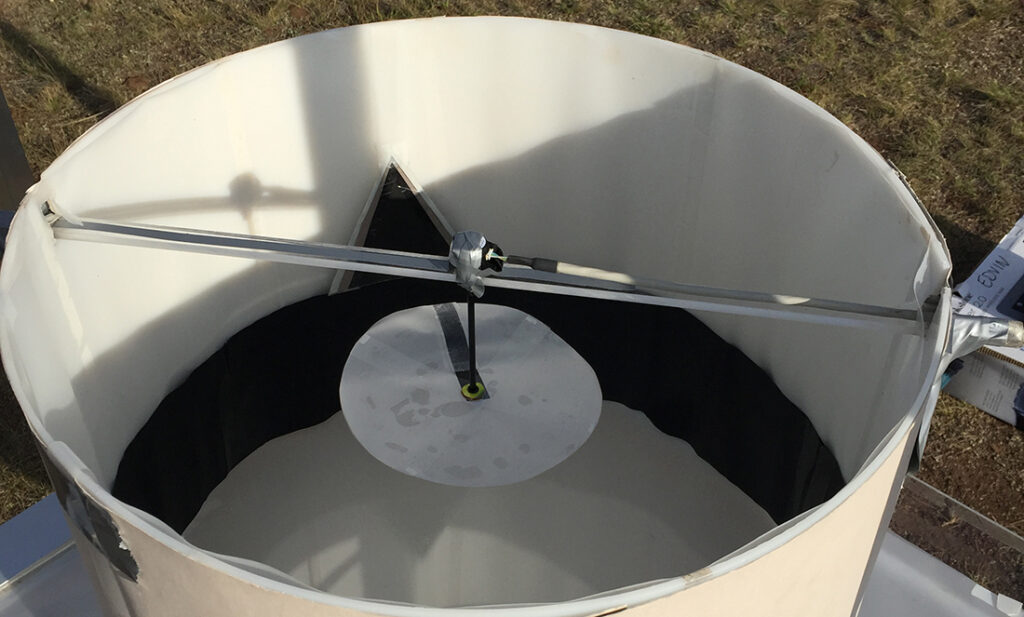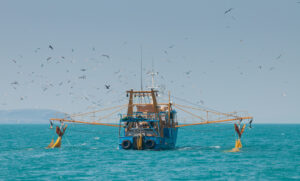Talk about having magnetic personalities—a recent study found that an Australian moth is capable of using Earth’s magnetic fields to navigate across the country.
So far, such ability has only been known in birds, sea turtles and fish, so this is a first for the insect world.
The feat is accomplished by the bogong moth—a species found in parts of Queensland, New South Wales, Victoria and Western Australia.
The peculiar migratory habits of this species have long been known by locals. In ancient times, different Aboriginal tribes converged near the caves where these moths rested to feast on them.
Now, scientists are putting together the final pieces of the puzzle in understanding the migration of this iconic Australian species.
The bogong circle of life
Each spring when the temperature starts to rise, billions of bogong moths travel from southeastern Australia for more than 1000km across the country towards the Australian Alps. Here, they gather inside a group of alpine caves to escape the coming heat. In these caves, they find a comfy spot and go dormant throughout the summer.
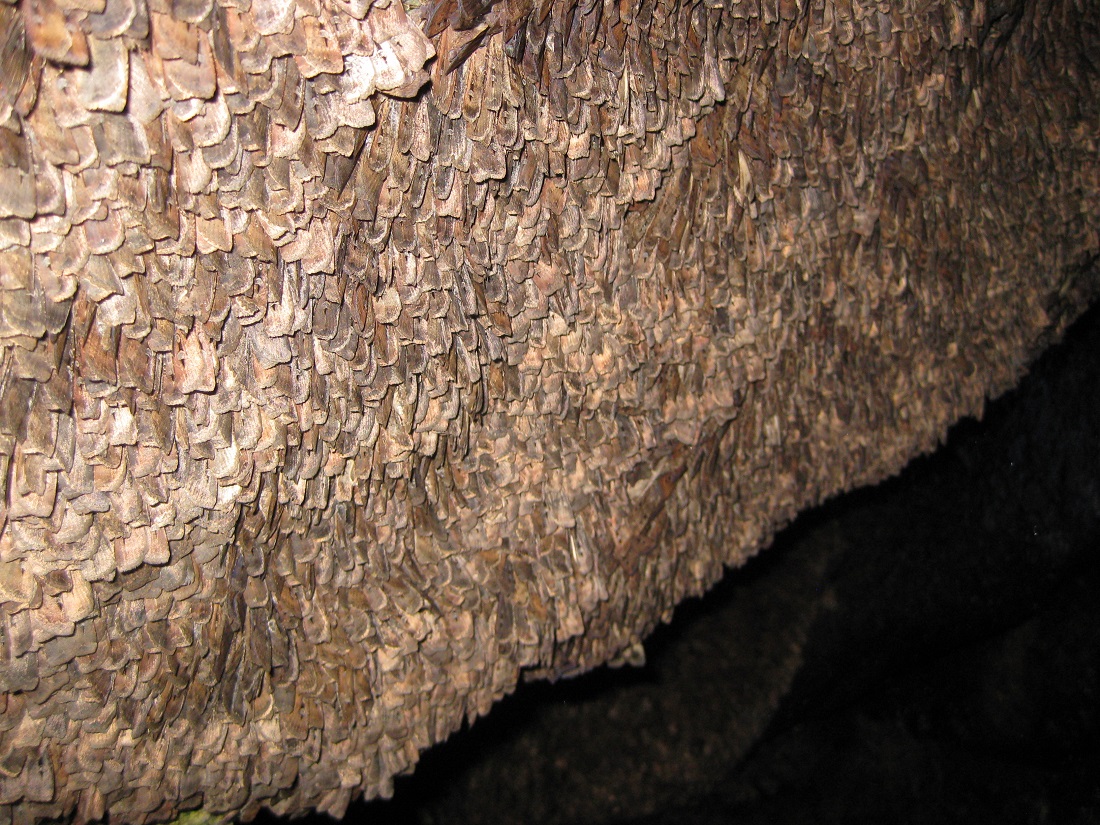
When autumn arrives, they return to their birthplace to reproduce and die. The eggs will hatch into caterpillars, which remain underground throughout winter and eventually become moths. Then the cycle starts all over again.
What’s truly amazing is that, year after year, these moths find their way to the same caves and back to their place of birth.
“There are many migratory moth species, but the beauty of the bogongs is that we know exactly where they are going—the Snowy Mountains,” says David Dreyer, a research fellow at the Warrant lab in Lund, Sweden.
How they find their way to the Snowy Mountains has always been a bit of a mystery. Until now.
Unravelling the mystery
The international team, which included Swedish and Australian researchers, tested how these moths behaved when faced with visual landmarks and magnetic fields. For their experiment, they used a custom-made outdoor flight simulator, built using ferromagnetic-free materials like wood and plastic. This was no easy task, David recalls.
“The biggest hassle was that we could not buy off-the-shelf gear, since all the little bits and pieces needed to be absolutely ferromagnetic free, so we had to have them machined by a workshop. On top of that, we did most of the experiments on a hilltop in NSW—this means strong winds, rain, changes in humidity and temperature—none of which constitute ideal experimental conditions,” David says.
This personalised setup ensured that there were no magnetic signals coming from the materials used so that whatever behaviour the moths showed was influenced only by the cues used by the researchers.
With this setup ready, a moth was placed inside the flight simulator while researchers tweaked with visual cues and magnetic fields. The moths actually make no headway inside this simulator, but they think they’re flying while being attached to a stick, which is why they flap their wings. During the experiment, magnetic north and some visual landmarks were placed on specific directions to see if it prompted the moths to try to fly towards them.
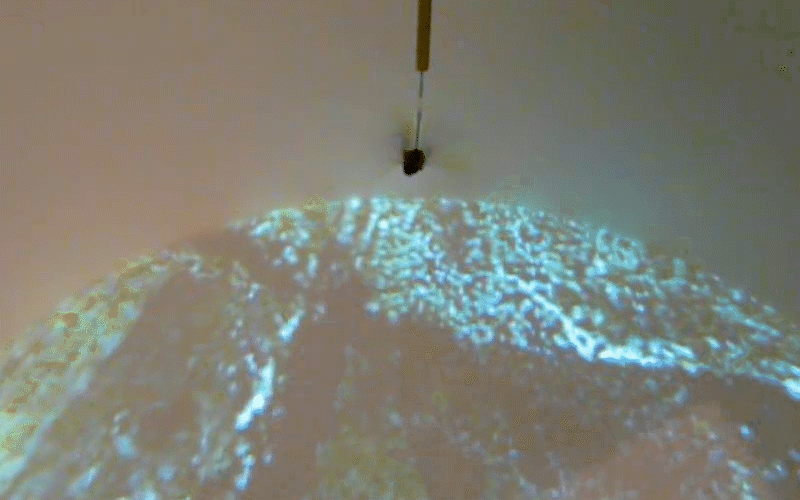
A moth compass
Researchers found that moths used both magnetic signals and visual landmarks to guide them. When the researchers tweaked magnetic and visual cues towards a specific direction, the moths responded by adjusting their flight path towards that direction. This showed that moths used both types of cues to navigate.
“When we tweaked with the magnetic field and the landmarks so that they gave conflicting signals, the moths were lost within minutes,” David says.
This means that the moths are relying on both magnetic fields and their eyes to find their way, but not all the time. Basically, they use these two cues to check they are heading in the right direction.
David says it’s a bit like finding your way hiking through a forest with the help of a compass.
“Imagine that the campground where you want to go is northeast of you. So you take out your compass and check the horizon for a dominant landmark, like a particularly high tree, a peak or a hilltop, and you start walking towards that because you know your campground is in that direction,” he says.
“You do this because it is inconvenient to walk around looking at your compass all the time. But, better safe than sorry, you take a gander at the compass once in a while. This is basically what the animals are doing,” he adds.
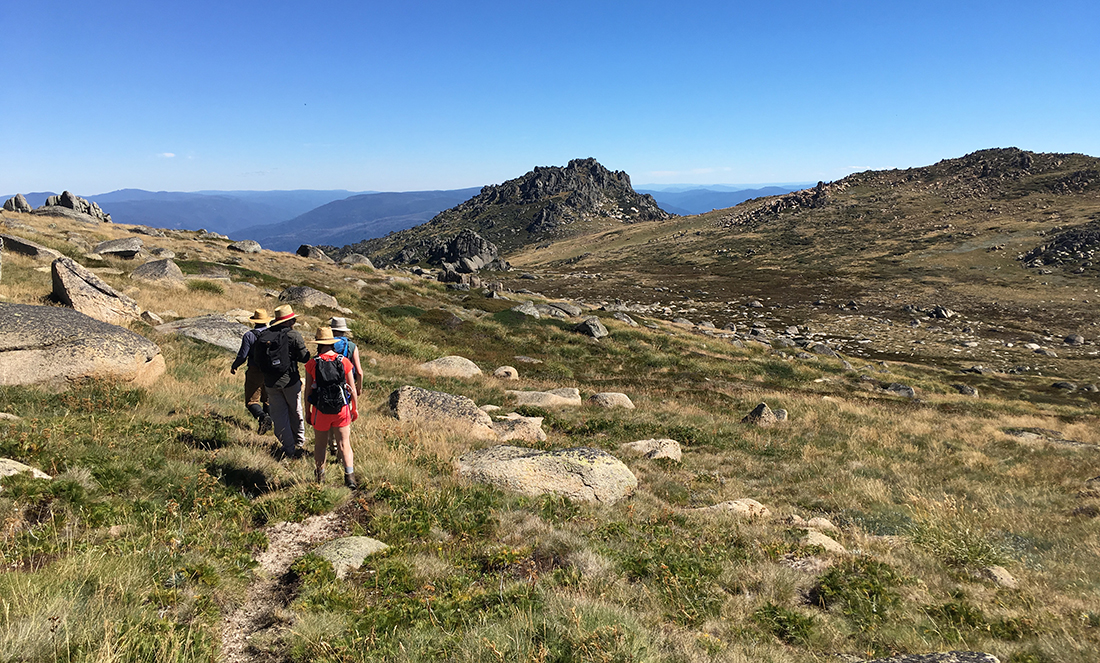
Now David and his boss Eric Warrant are trying to figure out the really big mystery behind these moths’ behaviour. How is it that they are doing this? So far, scientists haven’t been able to figure out the biological mechanism that allows the moths to detect magnetic fields.
David thinks the secret is in the cells, and his next step is to identify what cells are involved in the detection of magnetic fields. He will also check if these moths use any other means of direction, like the cues in the sky.
With a little more research, maybe we’ll find out what drives these animals like a moth to a magnet.



